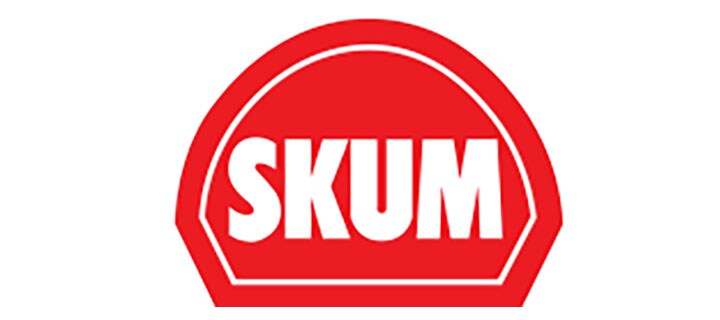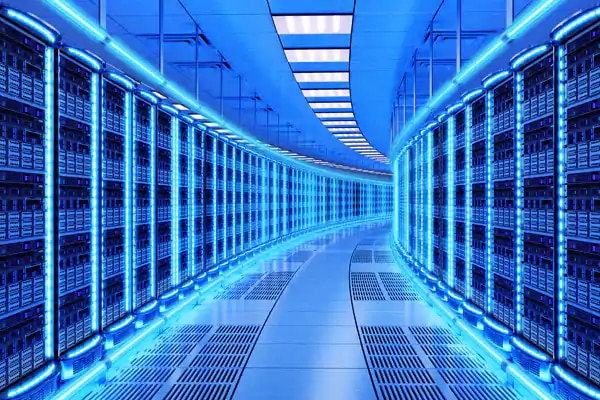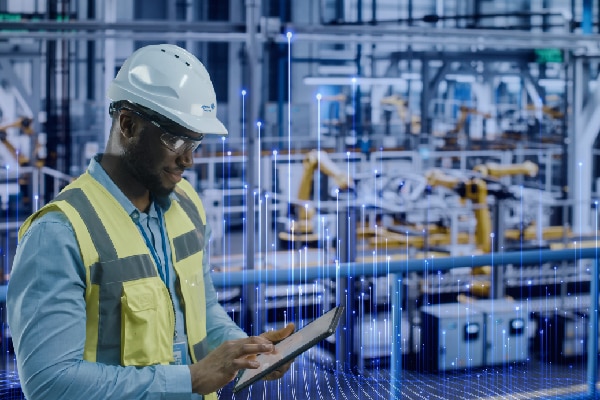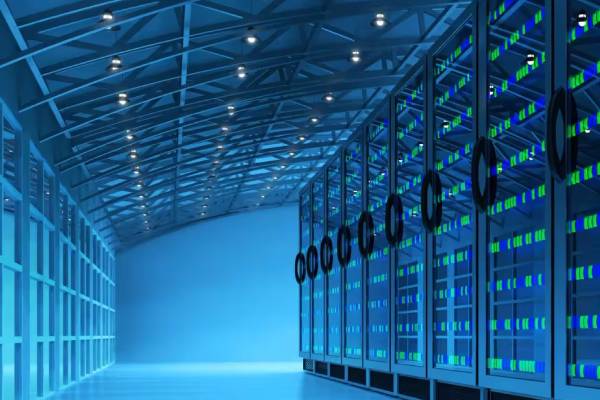- Johnson Controls
- Building Insights
- Driving to a New Era of Autonomous Buildings
Driving to a New Era of Autonomous Buildings
Commercial buildings are on the cusp of an unprecedented transformation. The smart buildings of today are on their way to becoming the autonomous buildings of tomorrow. At the recent Controls Con 2024, Johnson Controls Vice President General Manager of Building Automation Systems and Controls, Bill Schwebel, gave the keynote presentation and highlighted the remarkable benefits of this evolution – along with the obstacles that will need to be overcome along the way.
Smart buildings are ones that converge information from connected systems, including HVAC, lighting and security, to provide data-driven insights and measurable information that are shareable across multiple operational technology and information systems. What it will take to transform smart buildings into autonomous buildings is full system integration.
Fully integrated systems make it possible for systems to communicate with one another and automatically make adjustments that can optimize buildings across their full life cycles. However, while they are on their way, many smart buildings still lack complete integration.
"Fully integrated systems make it possible for systems to communicate with one another and automatically make adjustments that can optimize buildings across their full life cycles."
Bill Schwebel, Johnson Controls Vice President General Manager of Building Automation Systems and Controls
The lack of system integration is not only keeping them from operating autonomously – it can negatively impact operational efficiency, customer loyalty, regulatory compliance, revenue and brand reputation. In addition to improving these outcomes, complete integration can also help building owners and facility managers solve the simultaneous challenges that they face, including the talent shortage, managing building performance across the full life cycle and risk of cyberattack.
There are several technologies that are foundational to beginning the journey to autonomous buildings, including on-premises building automation systems (BAS), connected BAS and digitally enabled services and cloud-based building automation (SaaS). BAS at the edge and in the cloud allows for immediate, real-time processing, more complex computations, greater efficiency and responsiveness and a lower cybersecurity risk. As new technologies become available over the life of a building, the BAS can be virtually future proof, making it possible to expand, migrate and modernize building technologies and systems.
With the BAS as a foundation, more advanced technologies such as remote monitoring and artificial intelligence (AI) can be applied. A building can begin to operate in an autonomous way with remote specialists and technicians leveraging automated tools available to help service building systems, when necessary. This can create value across the full building lifecycle, from engineering to operations and maintenance.
- With plug-and-play capabilities, a unified tool chain and a single source of truth, a BAS can make “zero” engineering possible during design, build and programming stages.
- Through commission and training stages, a single environment paired with digital, remote and continuous capabilities make “zero” commissioning possible.
- Autonomous operations and maintenance are made possible by integrated O&M, automated assets, optimization and self-healing.
In fact, we already do some of this for chillers at Johnson Controls. When we ship a chiller, we can connect it to the cloud. This provides access to chiller specialists that can help local service techs to quickly mitigate issues and maximize uptime. It’s just one of the ways we’re making the journey to autonomous buildings possible.
While this optimizes total cost of ownership over the life of the building, it can also empower a building’s existing workforce, improve occupant comfort and well-being, increase energy efficiency and help maintain regulatory compliance. Owners can take incremental steps to transform their buildings and gradually realize these benefits. Although it may not happen overnight, by increasing automation and building optimization, a smart building can evolve into an autonomous building over time and deliver meaningful benefits that make an impact long into the future.


























.jpg?la=en&h=320&w=720&hash=244C75B74F0F77521D56164450973BCD)




























.png)










